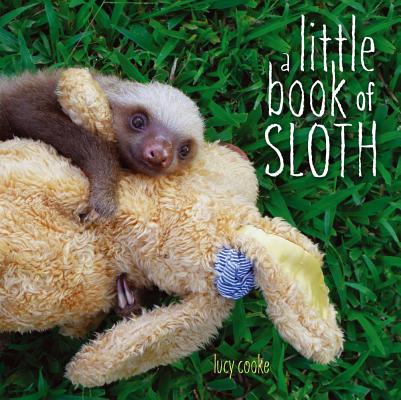Some interesting findings emerged as I began to research females’ involvement in gaming or coding. As of the 2014 gaming demographics report from the Entertainment Software Association, female gamers currently make up 48% of the market. Unexpectedly, at least to me, a larger percentage of women over the age of 30 than boys under the age of 18 are gamers (Essential, 2014). Female coders, however, make up only around 18% of the professionals in the industry, an industry dominated by white males in their late 20s. Most women who begin a degree program in computer science do not finish it. 1984 seems to have been a turning point for a large decline of women pursuing computer science professions (with continued growth in other STEM professions), with one possible cause being a biased cap on classes due to a large influx of students into computer science academic programs. (Guzdial, 2014) Are there other factors that could be affecting the rise in female gamers and the drop in female coders?
Professionally, K12 education is dominated by women (76%). (Goldring, 2013) However, most students currently enrolled in high school AP STEM classes are white or Asian males. (Guzdial, 2014) Teachers who implement educational gaming in their classrooms are most likely those who game for personal enjoyment, regardless of gender. (Takeuchi, 2014) My tentative conclusion from these studies is that women who left the field in university in the 1980s are possibly some of those women who pursued another career such as teaching, but continued gaming for enjoyment, and see its value in an educational setting. They are a large part of the industry growth as users, but not as creators.
Is there more we can do to promote coding and gaming among students, not just girls, but all students? At what point will educational content games (which in my opinion are mostly more expensive versions of flash cards) be replaced with sandbox and virtual experience games? And can we, as educators, begin to implement gaming and coding in the curriculum as an essential skill? And how can we take a 4th grade girl's love of gaming and help her realize a possible career path?
References
Essential facts about the computer and video game industry: 2014 sales, demographic, and usage data. (2014, April 1). Retrieved October 30, 2014, from http://www.theesa.com/facts/pdfs/ESA_EF_2014.pdf
Goldring, R., Gray, L., and Bitterman, A. (2013). Characteristics of public and private Elementary and secondary school teachers in the United States: Results from the 2011–12 schools and staffing survey (NCES 2013-314). U.S. Department of Education. Washington, DC: National Center for Education Statistics. Retrieved October 30, 2014 from http://nces.ed.gov/pubsearch.
Guzdial, M. (2014, October 30). NPR When Women Stopped Coding in 1980's: As we repeat the same mistakes. Retrieved October 30, 2014, from https://computinged.wordpress.com/2014/10/30/npr-when-women-stopped-coding-in-1980s-are-we-about-to-repeat-the-past/
Holdren, J. (2013, May 31). Federal Science, Technology, Engineering, and Mathematics (STEM) education 5-year strategic plan: A Report from the Committee on STEM Education National Science and Technology Council. Retrieved October 30, 2014, from http://www.whitehouse.gov/sites/default/files/microsites/ostp/stem_stratplan_2013.pdf
Takeuchi, L. M., & Vaala, S. (2014). Level up learning: A national survey on teaching with digital games. New York: The Joan Ganz Cooney Center at Sesame Workshop. http://www.joanganzcooneycenter.org/wp-content/uploads/2014/10/jgcc_leveluplearning_final.pdf














